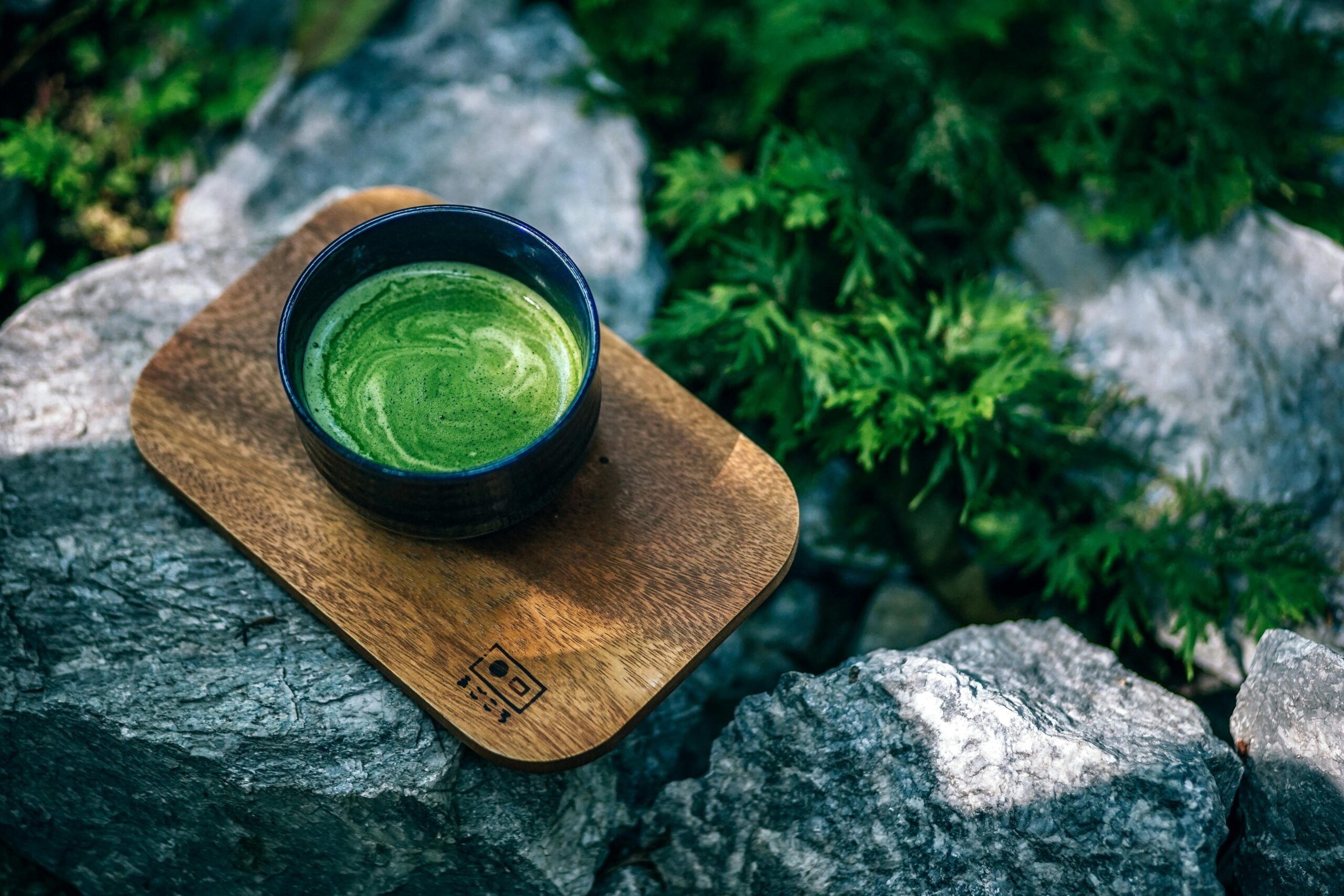In a corner of bustling Saigon, Ngày Xưa ASIA met Nguyễn Hoài Tân, a soft-spoken artist from An Giang. With steady hands and deep focus, Tân is quietly reviving an art form that once thrived in Southern Vietnam but has since slowly vanished: tranh gói vải, or fabric-wrapped portraits. On his worktable lay scraps of cloth, fragments of memory, and a story that speaks not just of craft but of continuity, care, and cultural soul.
A Vanishing Tradition
The Mekong River Delta is still in its infancy, standing as Vietnam’s youngest child—restless, mystic, and still figuring itself out. With youth comes the exuberant delicacies from a land of fresh soil and dense silt. Some stand strong, wrapping around communal stories passed down like khăn rằn. But not everything can withstand the test of time. Tranh gói vải, once a soft-spoken marvel of textile, religion, and art, is now drowned out by the rapid pace of modern expression.
Birthed from the mind of Trần Văn Huy, tranh gói vải is a type of painting that first left its mark in Sa Đéc, Đồng Tháp—a place of vibrant lotuses and meandering waterways. In its mid-20th-century prime, tranh gói vải hung above Southern altars, doing what digital art still struggles to do: bridging the divine and the domestic. Each piece was an offering to Buddha, gods and deities, or ancestors—and also to the Mekong itself, a body in constant flux, like the art it inspired.
Now, in an era of scrollable galleries and fleeting internet trends, tranh gói vải barely holds on. It’s a relic in hindsight. But maybe that’s the nature of life: to be cherished, then forgotten—and, with luck and love, brought back to life.
Tân and the Revival of Tranh Gói Vải
Like the lotuses of Đồng Tháp, tranh gói vải may be a gift stained by the mud of oblivion. Yet like the flower, it blooms through the mud. Tending it with quiet devotion is Nguyễn Hoài Tân. From An Giang—a Mekong province TikTok has nicknamed “the land of fairies” for its deep spirituality—Tân’s bond with the art form feels almost sacred. It began during a childhood visit to a temple, where a towering tranh gói vải painting first caught his attention and refused to leave his mind.
Back home, he began teaching himself, step by step. He started with folded papers, then pieced together fabric scraps, eventually completing his first painting. At 19, he received his first commission—a life-changing milestone for his commitment to the craft. “That first client felt like a benefactor,” Tân reflects. Since then, his fabric paintings have made their way into homes and ancestral altars across the region.
To Tân, tranh gói vải is more than a career. It is a spiritual practice. Most of his works serve as altarpieces or depict landscapes shaped by his Buddhist upbringing. The subjects are often ancestors, deities, and Buddha. “When I make ancestor portraits, I feel a sense of peace,” he says.
Where Prayer Lives in Every Thread
Tranh gói vải is a tender interflow that weaves the Mekong River’s spirituality into artmaking. Therefore, it demands excessive focus. The process begins with sketching the subject on cardboard, cutting it into parts, applying glue, and carefully padding with cotton. The cotton must be distributed evenly—too thick here, too thin there, and it loses shape. Finally, fabric pieces are layered, folded, and shaped with painstaking precision. One rushed fold can undo the entire spirit of the piece.
It isn’t the number of orders that concerns him, but the quality maintenance of each painting. “You can’t rush a devotional painting.” Religious portraits require a high level of exactitude; sometimes, if the fabric’s shade isn’t right, he dyes it himself. For Tân, this isn’t just a promise to customers but a deep respect for those memorialized in each layer of fabric—and for himself. “I have to put my soul into every fold,” he says.
Looking ahead, Tân hopes young people will dare to explore, preserve, and honor. “Skills teach skills,” he laughs. Mastery doesn’t come on the first try—it’s born from routines, relentless practice, and a wavering love for the craft. Just like Tân himself—once a boy folding paper in An Giang, now a quiet artisan sewing time back together through fragments of memory.
He shared one message he’d send to young people interested in preserving traditional cultural heritage. “Dig deeper into the fading art forms of the South and Vietnam as a whole. But don’t stop at the paintings—explore the lifestyle, the mindset, the spirit behind them. Because only when you truly understand something can you fully love it. And only when you love it can you truly keep it alive.”


